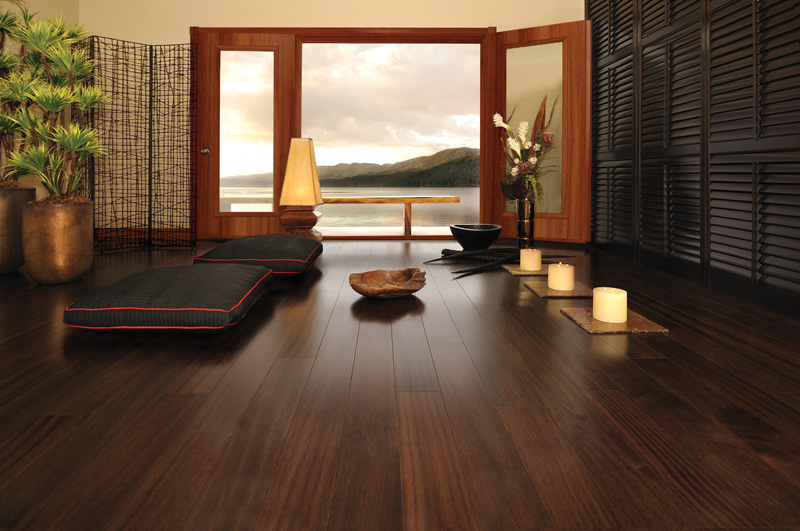
photo credit: flickr/boa-franc
A well-designed interior involves more strategy than simply picking out a random selection of your favorite furniture and decor. Upon entering a room, your space should feel put-together and planned. Use these five interior design principles when decorating your home to ensure the setup will feel and look right after you’re done.
1. Balance
In interior design, balance is making sure that visual weight is distributed equally in a room. Or to put it simply, making sure you don’t put all of your furniture in just one area of the room. Balance may not be the first thing you think about while decorating, but when a room is not properly balanced, you’ll notice that something feels off right away.
2. Emphasis
Every room should have a focal point, the spot that first catches your eye upon entering the space. There are a lot of ways to give an area of the room emphasis, and some rooms may already come with a built-in focal point such as a fireplace. Without a fireplace or something similar, you might create emphasis through how you decorate the room and which furniture you choose.
3. Rhythm
To create a cohesive look for a room, it’s important to repeat. Look for colors, finishes, shapes and textures that you can use throughout the room to tie in different objects and make them look as though they belong together. Mastering the art of repetition is especially important in eclectic homes where you are combining different styles.
4. Harmony
In general, you want to create a harmonious space that shows cohesiveness through design elements and furniture. Using the first four design principles when decorating your space will help you achieve harmony, so you can feel good about your interior design whenever you walk into your home.
5. Scale and proportion
Have you ever walked into a room and noticed that something felt off? Maybe the room was filled with too many accessories or had an unusual color scheme. Or, maybe the room was not scaled correctly. One large piece of furniture in a space filled with smaller-sized objects can bring down the entire room’s appearance, which is why the principle of scale in interior design is one of the most important to consider.
Before I get ahead of myself, let’s discuss what scale is in interior design. In the simplest terms, scale describes how objects of different sizes relate to each other. It also describes the relationship between objects and the space they occupy. Technically, scale and proportion are two different principles, but they have very similar concepts. Proportion has to do with shapes and forms, and this principle will help you evaluate how elements of an object relate to the whole. So if you have a room with smaller accent chairs and tables, it wouldn’t make sense to then bring in an oversized sofa.
Using scale in interior design does not mean that every piece of furniture in a room has to be identical in size – can you imagine how boring that would be? It just means that they should be relatively similar. When furniture matches the size of the room and the other objects that surround it, you’ll have a space that is much more aesthetically pleasing overall.
You’ll notice right away if a sofa is too large for your living room. It’ll look out of place and stand out immediately when you enter the room. It’s best though, to buy a new sofa knowing it will fit in with your room so you don’t have to deal with returning it. Before you buy any new furniture, measure the space and the main objects in the room. This will allow you to narrow down your choices when browsing, so you can eliminate anything you consider too small or large.